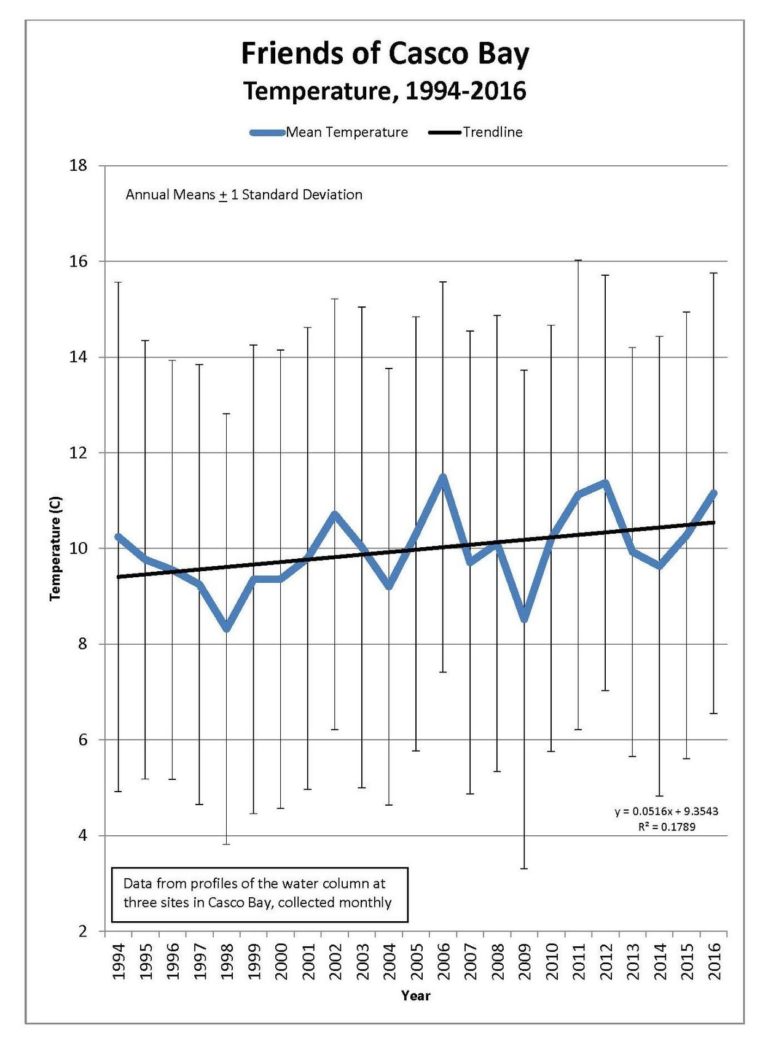
By Casco Baykeeper Ivy Frignoca, Friends of Casco Bay
For over 25 years, Friends of Casco Bay has worked to improve and protect the environmental health of Casco Bay, Maine. Our organization is a founding member of Waterkeeper Alliance and has employed a Casco Baykeeper since 1991. We collect water quality data that enables us to monitor the health of the Bay, track changes, and identify problems. We advocate for solutions based on sound science.
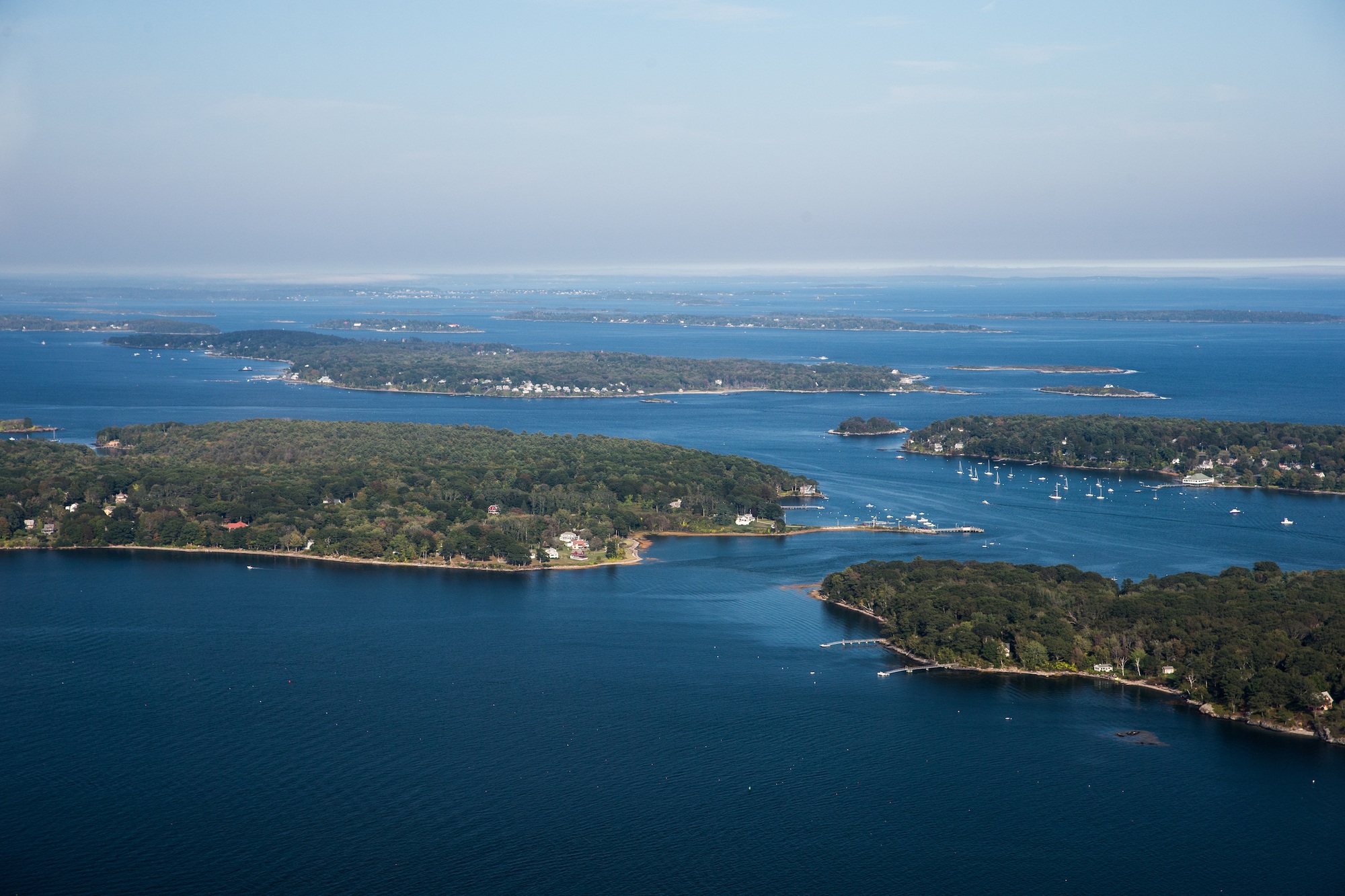
Waterkeeper Alliance asked if data and observations show evidence of climate change in Casco Bay. They do! We have observed and documented, and continue to observe and document, that Casco Bay is changing. Our coastal waters are getting warmer, higher, and more acidic. Our data suggest that Casco Bay is changing at a faster rate than any of us would have expected.
Warming water
Casco Bay is part of the Gulf of Maine, a water body that extends from Cape Cod, Massachusetts, to Nova Scotia, Canada. Over the course of a decade, the Gulf of Maine has warmed faster than 99% of the global ocean. We have measured a steady increase in water temperature in Casco Bay and warmer water temperatures longer into the fall.
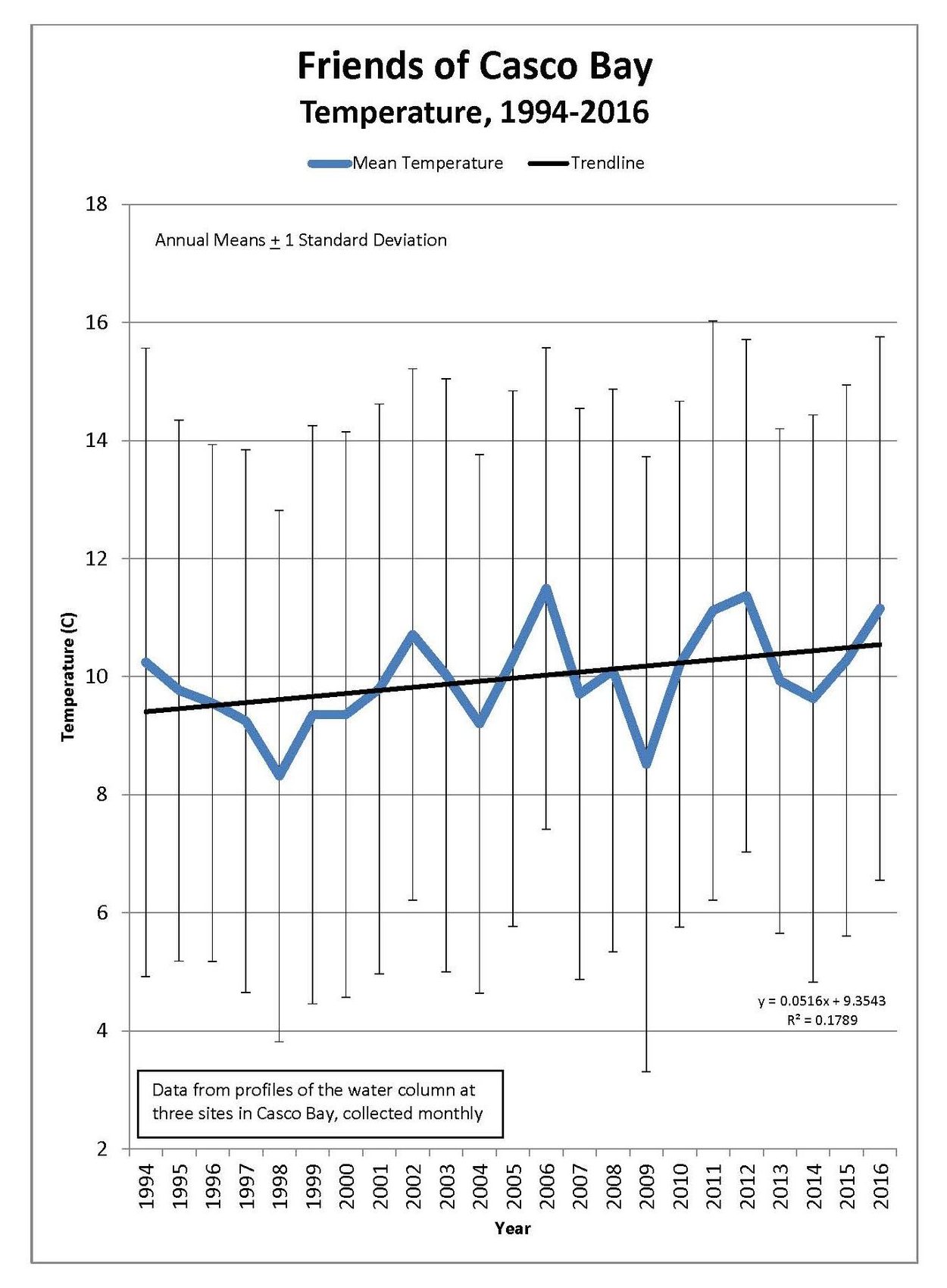
Shifting species
Although warmer temperatures may delight swimmers, warmer water has serious consequences on the ecology of the Bay. Warmer temperatures cause certain species, such as Maine’s iconic lobster, to move further north or deeper offshore. We are finding species acclimated to warmer waters, such as mid-Atlantic black sea bass and even a few seahorses! The shift in marine resources is impacting Maine’s economy, as well as changing our ocean food web.
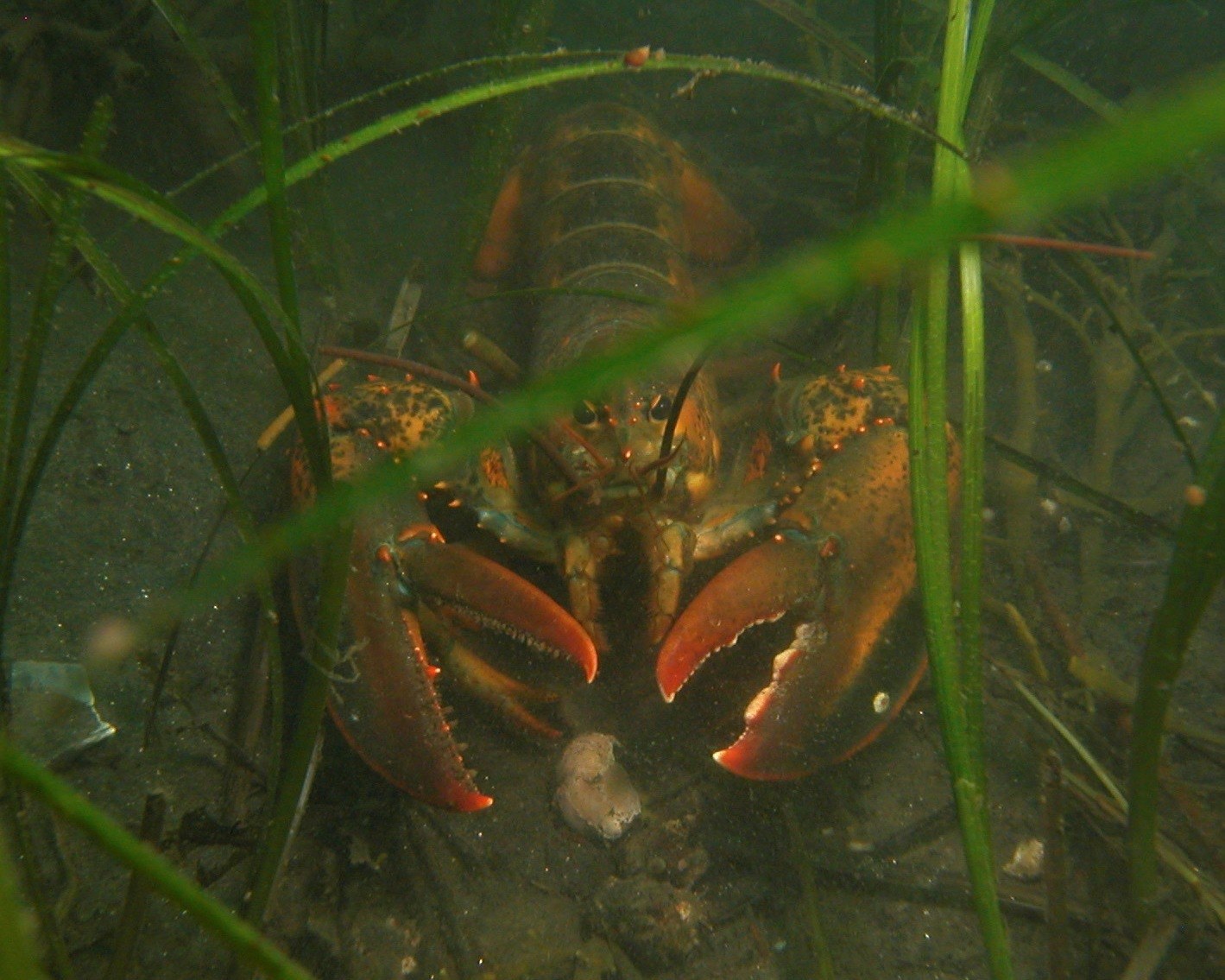
Toxic blooms
Warmer waters in Casco Bay may be partly responsible for a recent increase in the amount and diversity of harmful algal blooms (HABs). If ingested by humans, a toxic bloom can cause serious illness and even death. In 2017 alone, Maine’s Department of Marine Resources (DMR) documented several species of HABs new to Casco Bay. For the first time ever, their presence caused DMR to close Casco Bay to harvesting of all commercial mollusks from spring into summer.
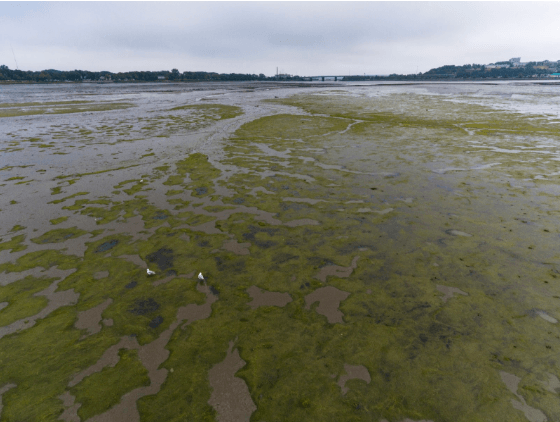
One new species documented in Casco Bay bloomed in September, depleting dissolved oxygen around the blooms. Lobstermen reported finding dead lobsters in traps beneath the bloom. About 14 acres of mudflats in eastern Casco Bay tested positive for the bloom. The normally productive flats suffered nearly 100% clam mortality.
Another highly toxic new species caused an unprecedented closure in December, well beyond the time of year we would normally experience harmful algal blooms in Maine!
Rising water
As ice sheets melt and warming ocean waters expand around the world, we have noticed rising water levels here, that flood large areas of our coastline at astronomically high King tides. Sea level in Portland Harbor has risen 8 inches since 1912, and projections of sea level rise in Maine over the next 100 years range from 2-10 feet!
In addition, more intense rainstorms flush large loads of stormwater pollution into Casco Bay, and more near-hurricane strength winds have created storm surges (basically a rise in sea levels caused solely by a storm) which flood our streets and homes. These flooded streets occur from urban Portland to rural Harpswell.
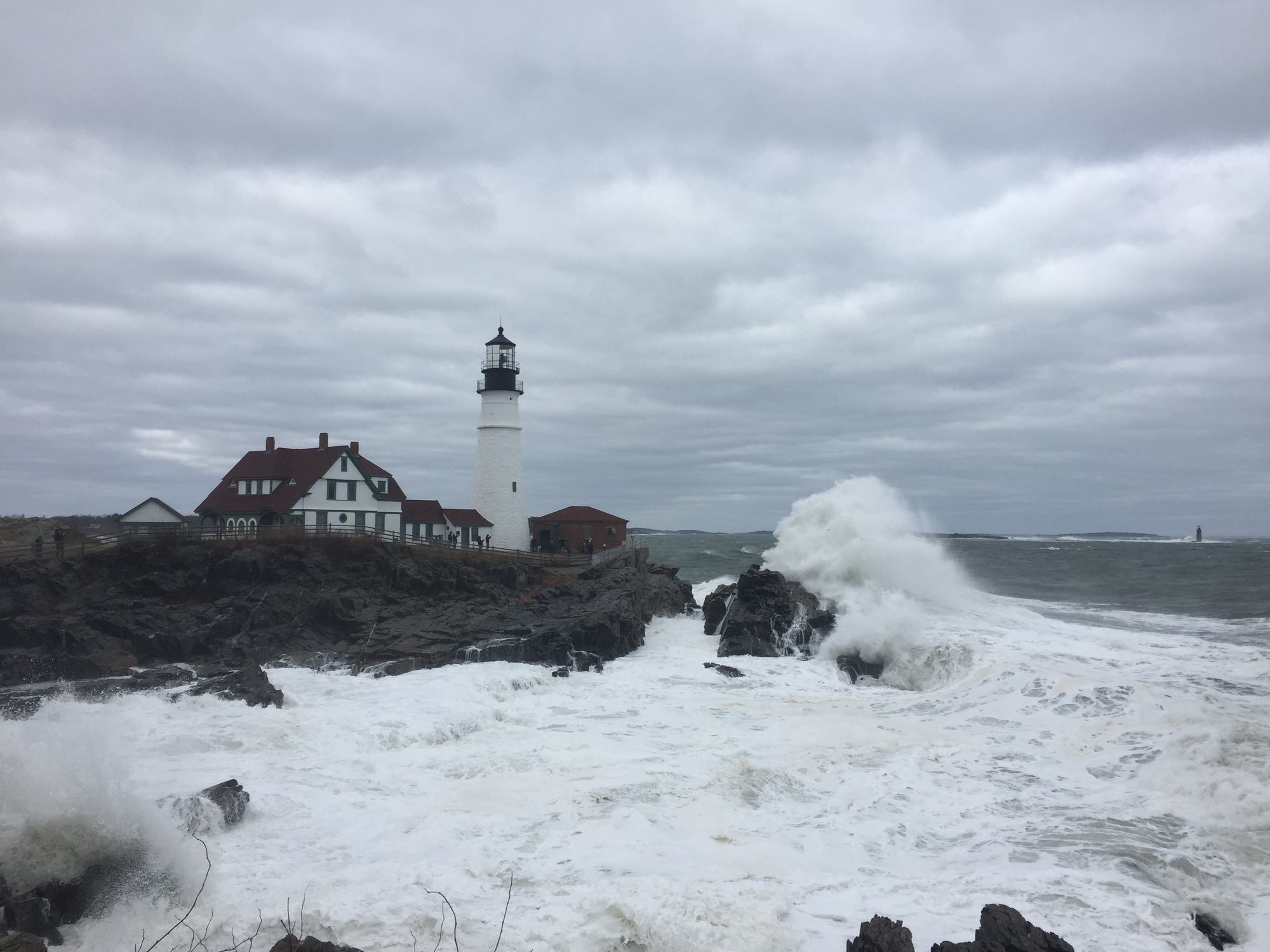
Acidifying sea water
Our water quality monitoring is measuring conditions related to ocean and coastal acidification. Ocean acidification occurs when large loads of carbon emitted into our atmosphere are absorbed into the ocean. The carbon dioxide reacts with seawater to form carbonic acid, which lowers pH. Coastal acidification occurs when nitrogen pollution from land-based sources, such as fertilizers, stormwater runoff, and wastewater discharges, trigger algal blooms. When the blooms die and decay, they release carbon dioxide, which mixes with seawater to form carbonic acid. The lower pH caused by acidification creates less hospitable conditions for marine life.
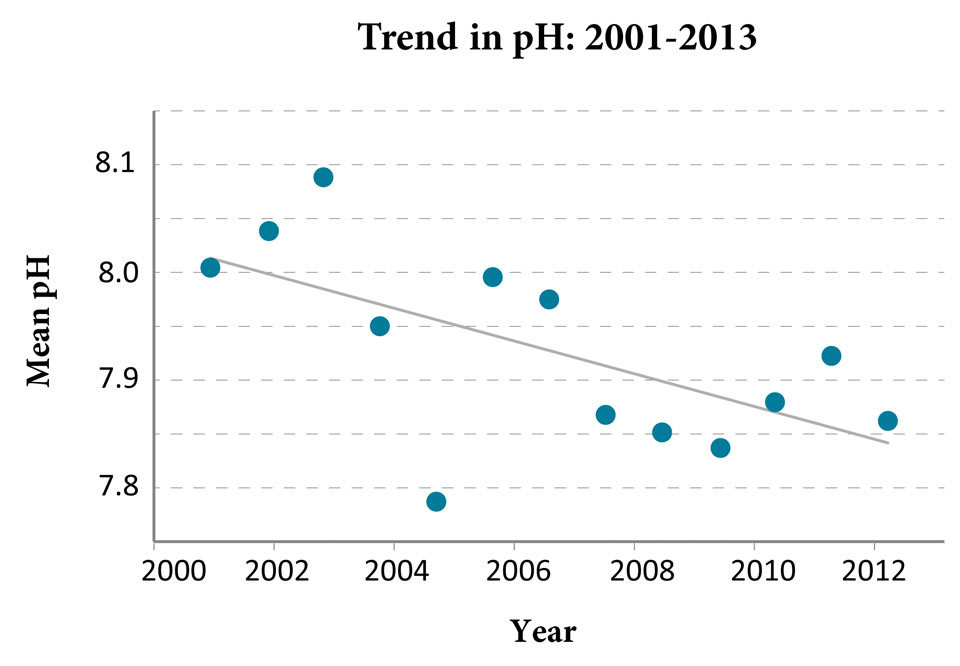
To better understand how ocean and coastal acidification are impacting Casco Bay, about a year and a half ago we added a continuous monitoring station to our science program. Instruments inside a lobster trap anchored beneath a dock collect data every hour of every day, on the chemistry of Casco Bay. Using data from our “Cage of Science,” our staff scientist can measure water quality parameters related to ocean acidification.
He recently calculated calcium carbonate saturation, or more precisely, omega aragonite, throughout the year. A level of omega aragonite state of 1.5 and above is critical for shell building. Below that, mollusks such as clams have difficulty calcifying their shells. We found in 2017, that for much of the winter and spring, levels fell below 1.5!
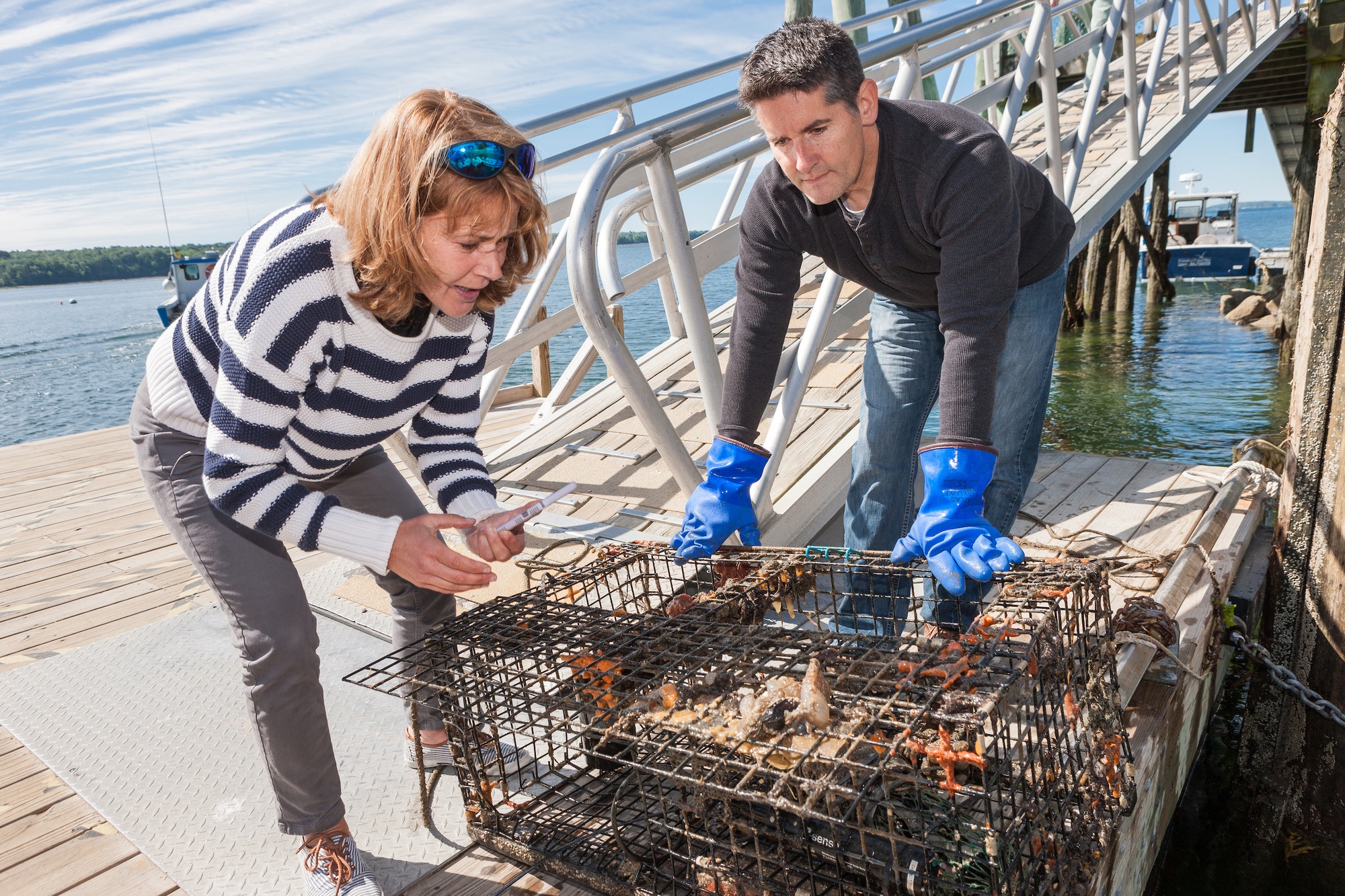
This data is alarming to us, to harvesters and aquaculture operators, and to seafood lovers. Higher acidity also, according to recent research, appears to stress juvenile lobsters, Maine’s most iconic shellfish.
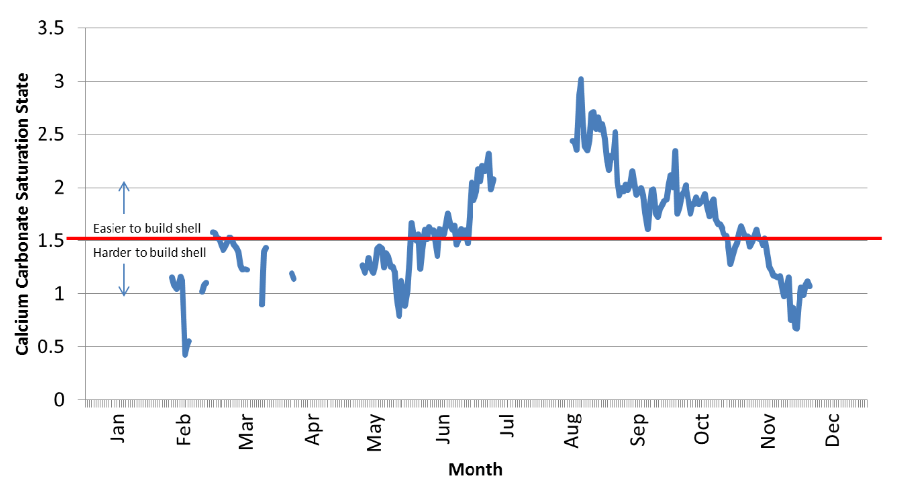
We shared these results at a recent meeting of scientists who study ocean acidification in the Gulf of Maine. We learned that calculations based on similar data from two other continuous monitoring platforms in Casco Bay found similar dips in omega aragonite These findings represent only one year of research; nevertheless, this is troubling and signals potentially difficult times ahead for Maine’s valuable shellfish and other marine life.
Using Science, advocacy, and community engagement to confront climate change
Being a Waterkeeper organization, we use our science to take action. So what are we doing about climate change?
- In addition to expanding and refining our monitoring, we are launching two new volunteer programs (including one that will use Water Reporter) to gather more observations and share data with our members and volunteers.
- We are working to reduce nitrogen pollution. Here are some of our efforts: We teach BayScaping to reduce fertilizer use on yards. We advocate for nitrogen testing and reductions in wastewater and general discharge permits issued under the Clean Water Act. We request that nitrogen-impaired parts of Casco Bay be added to the Nonpoint Source priority list so those waters are eligible for funding to reduce pollution.
- We support policies and actions that reduce carbon emissions. For example, we recently supported a bill to keep Maine part of the Regional Greenhouse Gas Initiative (RGGI). RGGI is the first regional, cooperative, mandatory, market-based program in the United States to reduce greenhouse gas emissions by imposing a cap on carbon emissions from the power sector. Connecticut, Delaware, Maine, Maryland, Massachusetts, New Hampshire, New York, Rhode Island, and Vermont participate in RGGI. New Jersey and Virginia seek to join RGGI.
- We recognize that climate change is progressing rapidly; this world-wide problem can be slowed but not stopped. We have helped form groups such as the Maine Ocean and Coastal Acidification Partnership, which brings together fishermen, policymakers, advocates, and researchers to share data and identify steps we can take to mitigate and adapt to climate change.
At our core, we are Waterkeepers. Our Casco Baykeeper leads our efforts to be the voice of the Bay and meet the challenges of a changing Casco Bay.
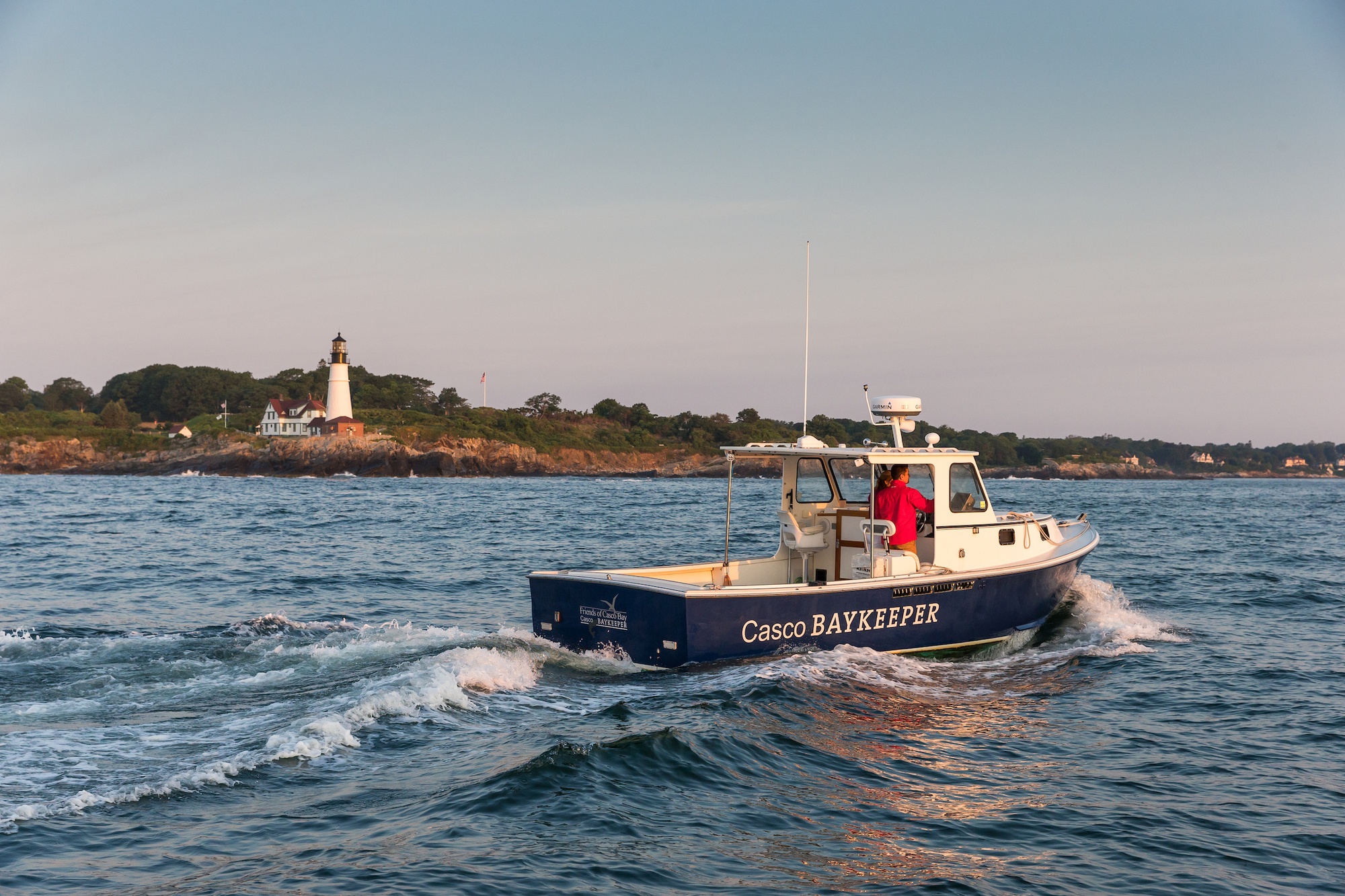
 As Casco Baykeeper, Ivy Frignoca is the chief advocate for Casco Bay. In speaking passionately on behalf of the Bay, she is able to draw on her experiences, including as an environmental educator, an advocate for Vermont’s public lands and Lake Champlain, and most recently, as a Senior Attorney with Conservation Law Foundation. Her previous work on oceans, clean water, and clean air issues throughout New England provides her with in-depth knowledge of the issues she continues to confront, including ocean acidification, excess nitrogen, and reducing wastewater discharges and stormwater runoff.
As Casco Baykeeper, Ivy Frignoca is the chief advocate for Casco Bay. In speaking passionately on behalf of the Bay, she is able to draw on her experiences, including as an environmental educator, an advocate for Vermont’s public lands and Lake Champlain, and most recently, as a Senior Attorney with Conservation Law Foundation. Her previous work on oceans, clean water, and clean air issues throughout New England provides her with in-depth knowledge of the issues she continues to confront, including ocean acidification, excess nitrogen, and reducing wastewater discharges and stormwater runoff.